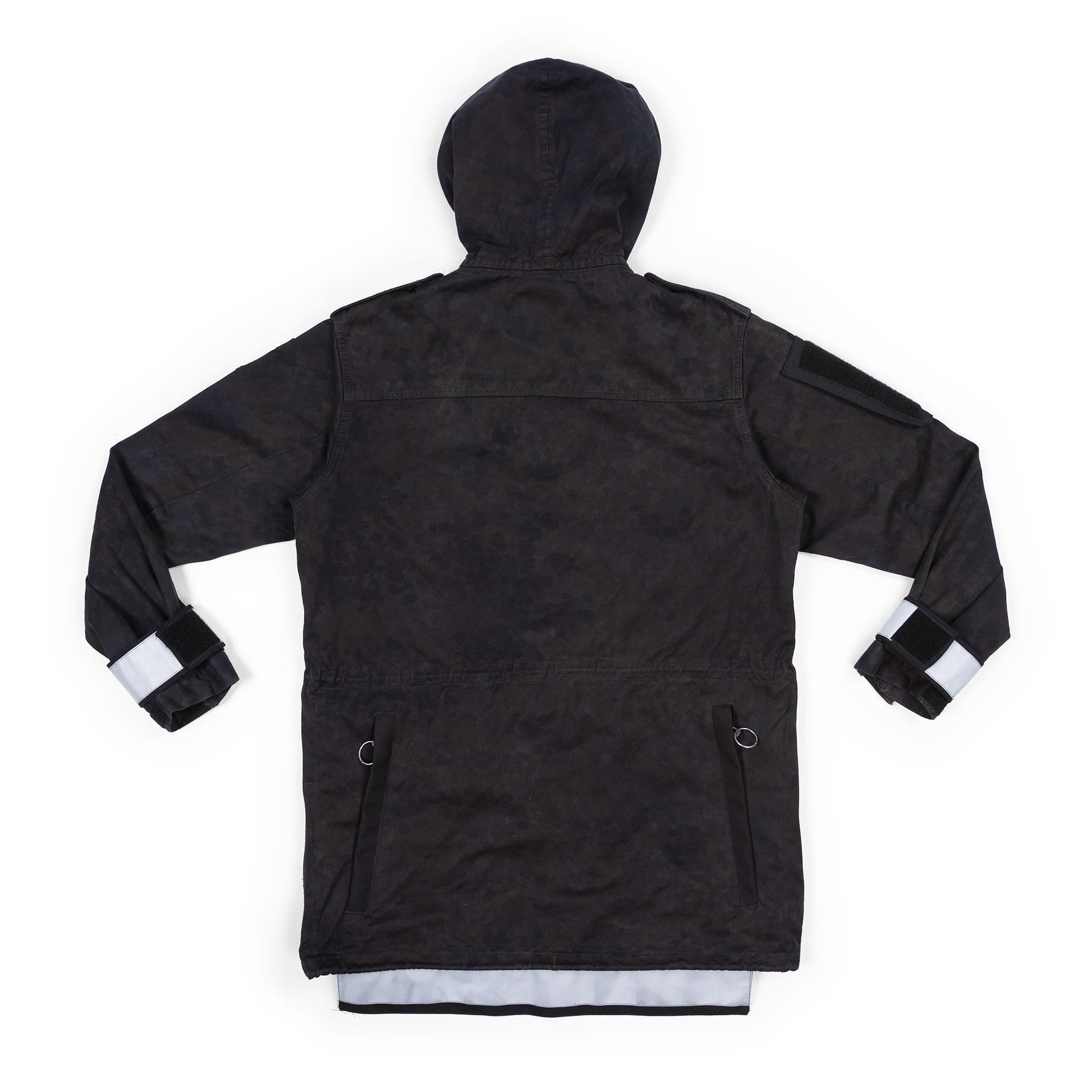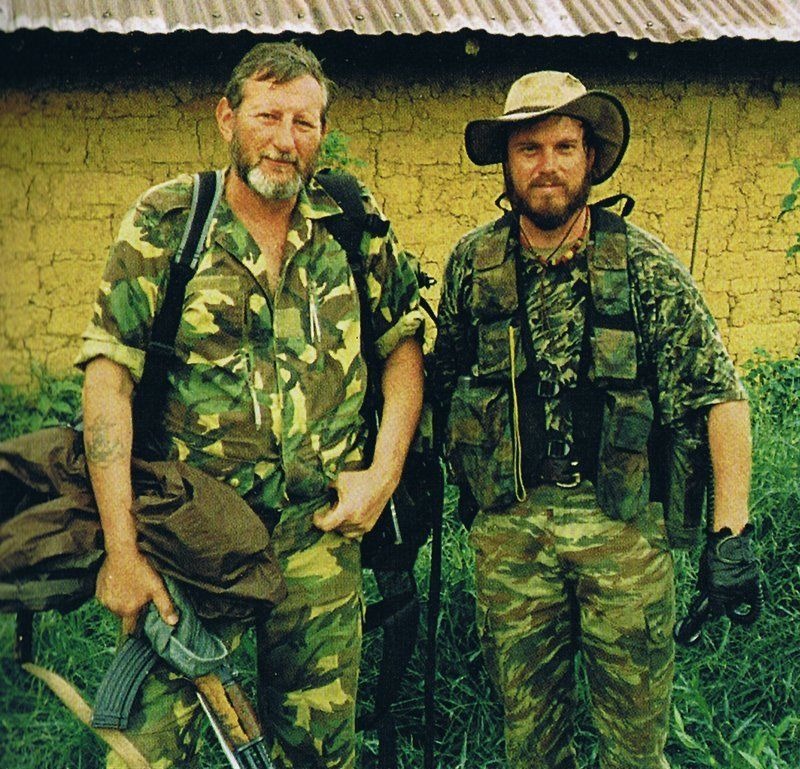Swipe To Browse
British Desert DPM SAS Windproof Smock
British DPM SAS Windproof Smock
British Lightweight DPM Field Pants
British 22L OD Waterproof Drybag
British MTP Hot Weather Combat Gloves
In Stock, Ready To Ship
Imported directly from Mestel Safety - No Middleman Markups!
Mestel Safety SGE 400/3BB NATO CBRN Gas Mask
Mestel Safety A2B2E2K2 P3 R D NATO Filter
Mestel Safety Optical Lens Support for SGE Series
Surplus PPE: Dupont & Draeger
Ukrainian Tactical Sitting Pad
Ukrainian Armed Forces Combat Gloves
It's Prime Gorka Season - All K2 Mountain Suits Ready To Ship!
Now available as separates
Gorka K2 Partizan Mountain Suit
Signature Tear-Away Action. Won't Break The Bank.
Re-Issues, Homages, and Kommando Exclusive Gear
From Slav Streetwear to 2000s era obscura, Hollywood homages, and cutting-edge gear, our product families have something for any kind of gear fanatic.
Eighty Four FR Combat Balaclava
Eighty Four Chest Rig 2.0 [Berry Compliant]
Latest Historical & Behind-The-Scenes Blogs
Santa Colonel: The Story of the NORAD Santa-Tracker
From Peacekeepers to Peace-Enforcers — The Dutch in ISAF & Uruzgan
After nearly a half-century of nearly exclusively LARPing against the Soviet Union, the 9/11 attacks and subsequent invasions of Afghanistan and Iraq opened the armies of Europe to actual (though asymmetrical) combat. Nations like the Netherlands finally got the chance to test their equipment in the field.
The US and USSR going "Band for Band"
Operation Wandering Soul: A Bone-Chilling Tale
Contingency: A New Launch Target
The Only Easy Day, Was Yesterday: Production Begins!
Snatch The Pattern, Grab the Scale: Fabric Finished
Our fabric is now officially entering production, and with that, we can move onto the next steps. We are gathering and color matching trims (buttons, velcro, zippers) and our current reserved production schedule for the suits begins this September.
Average score across hundreds of products
Reviews and Counting




















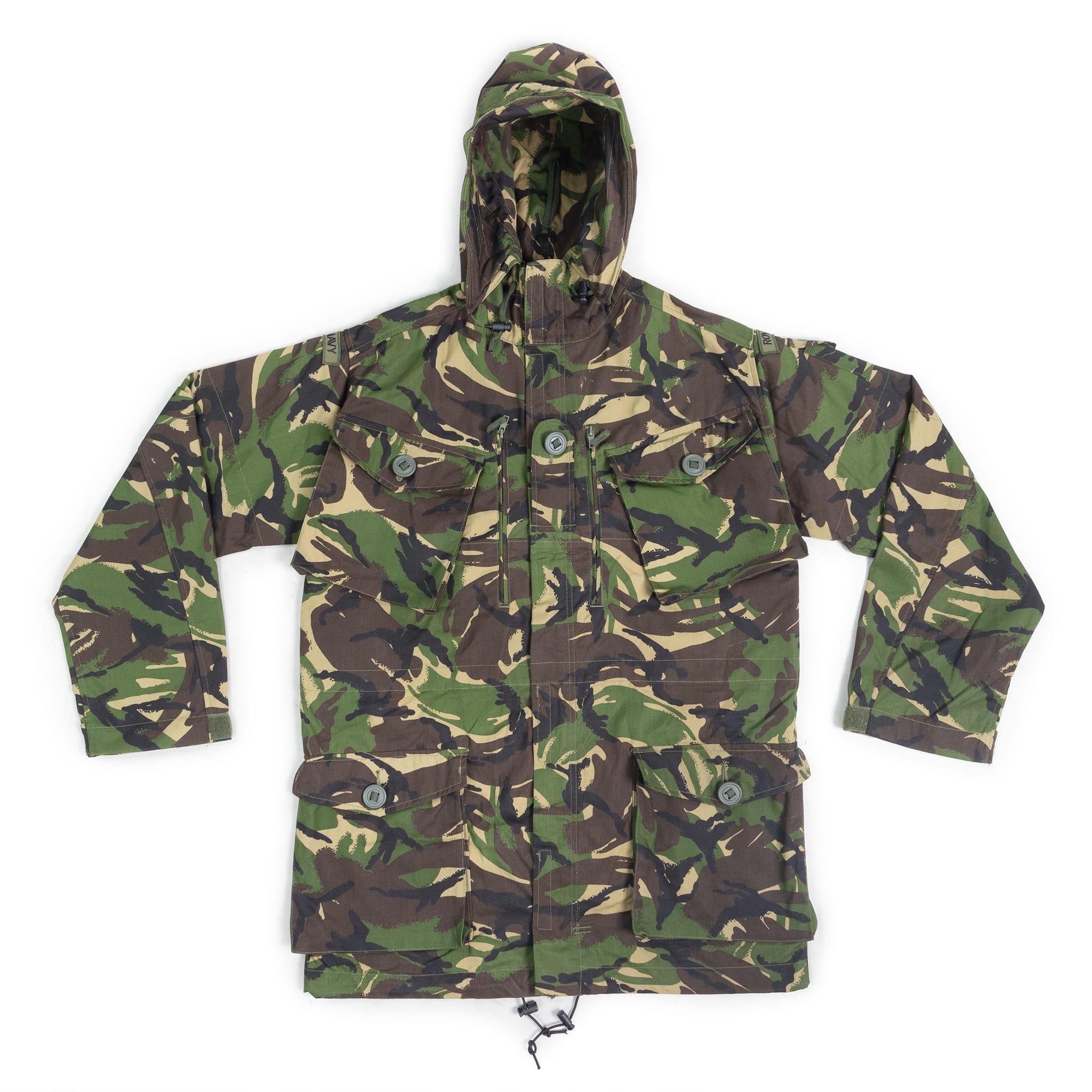




















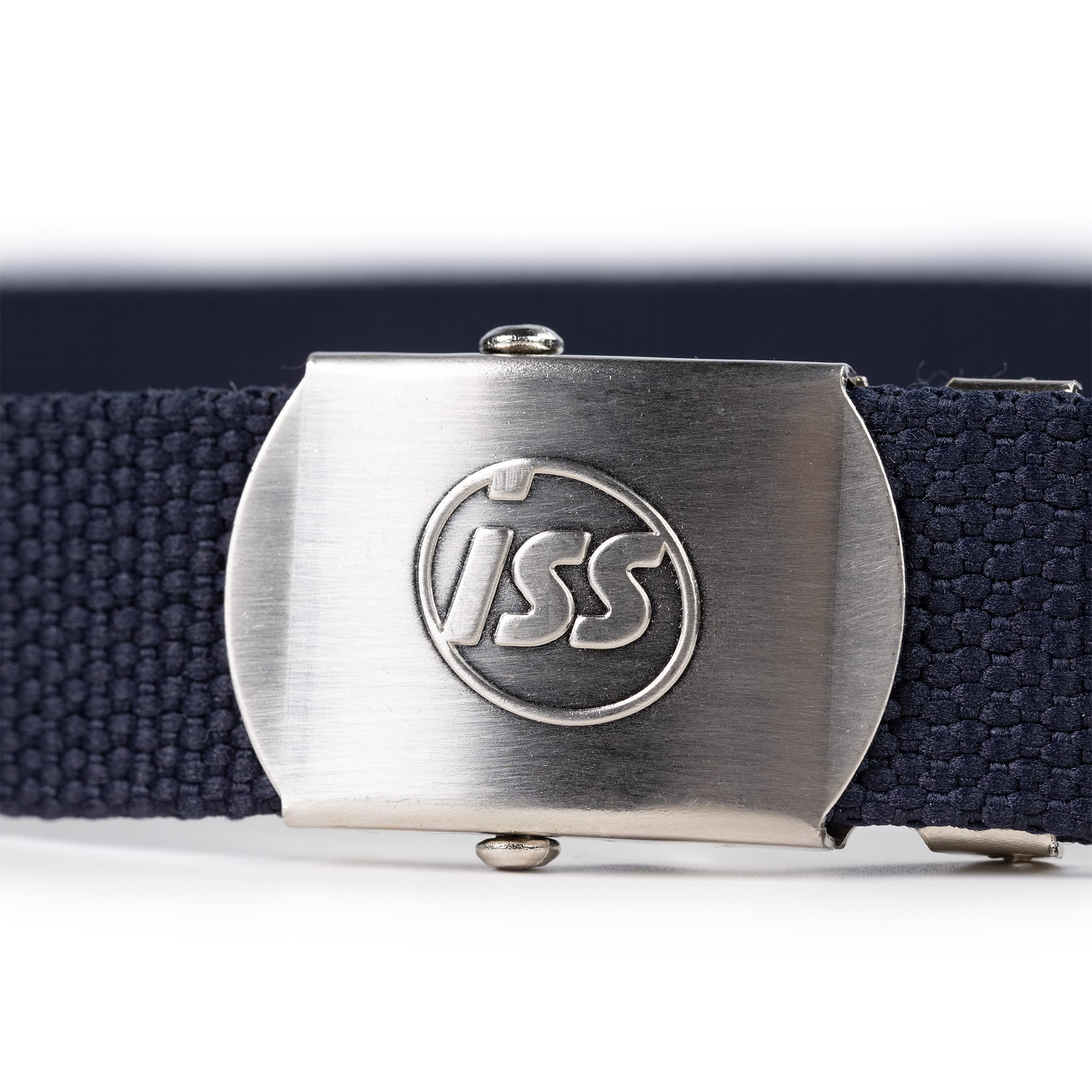














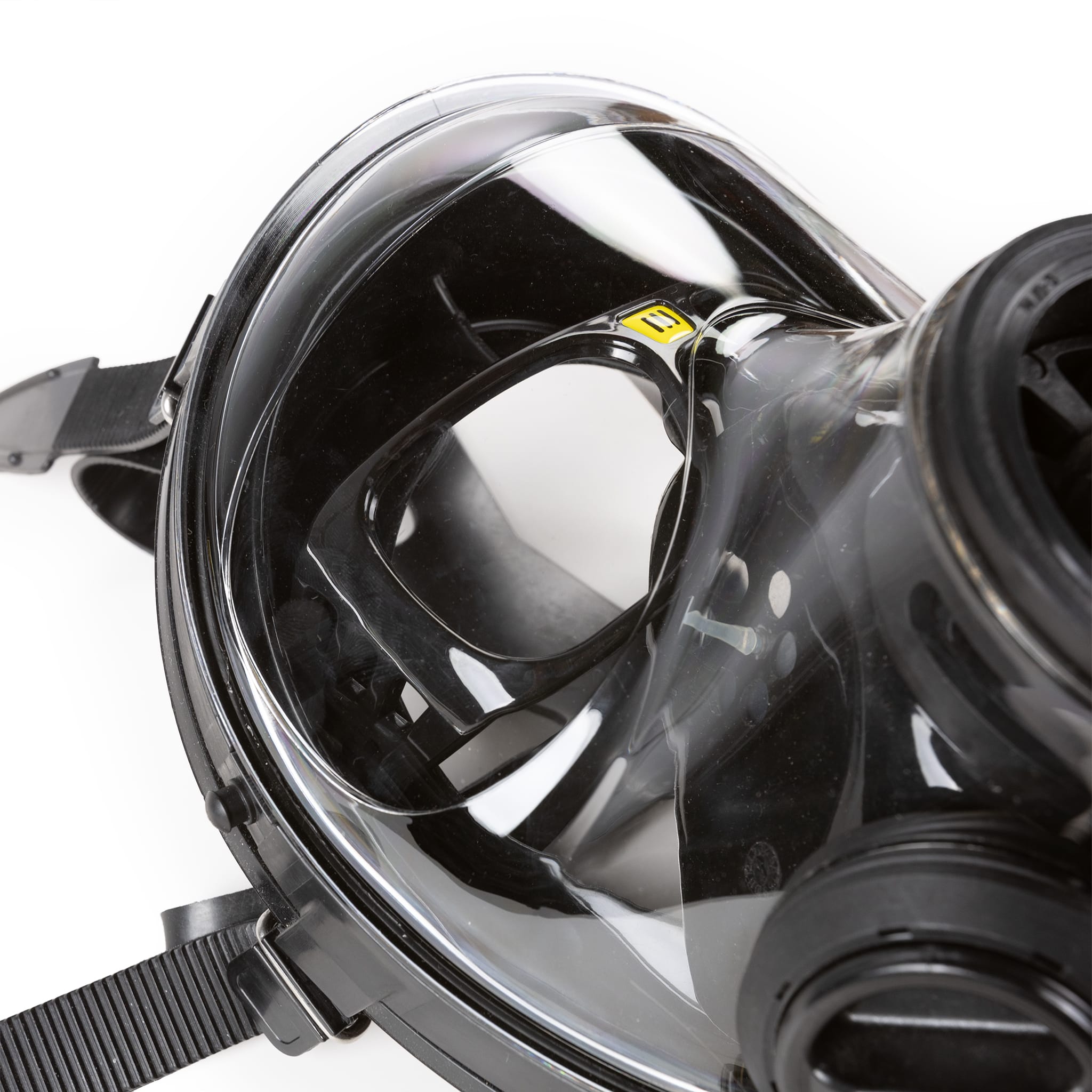









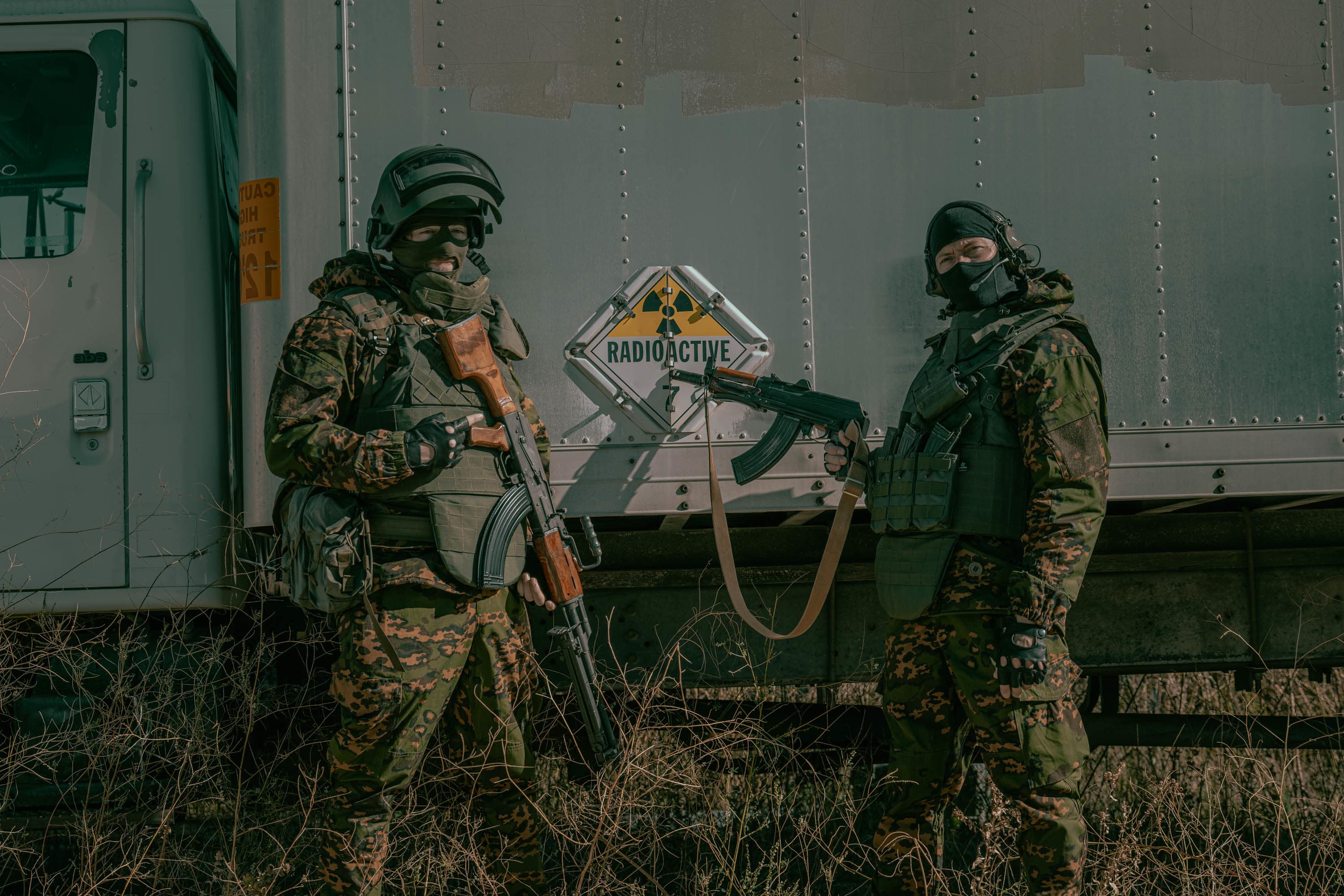

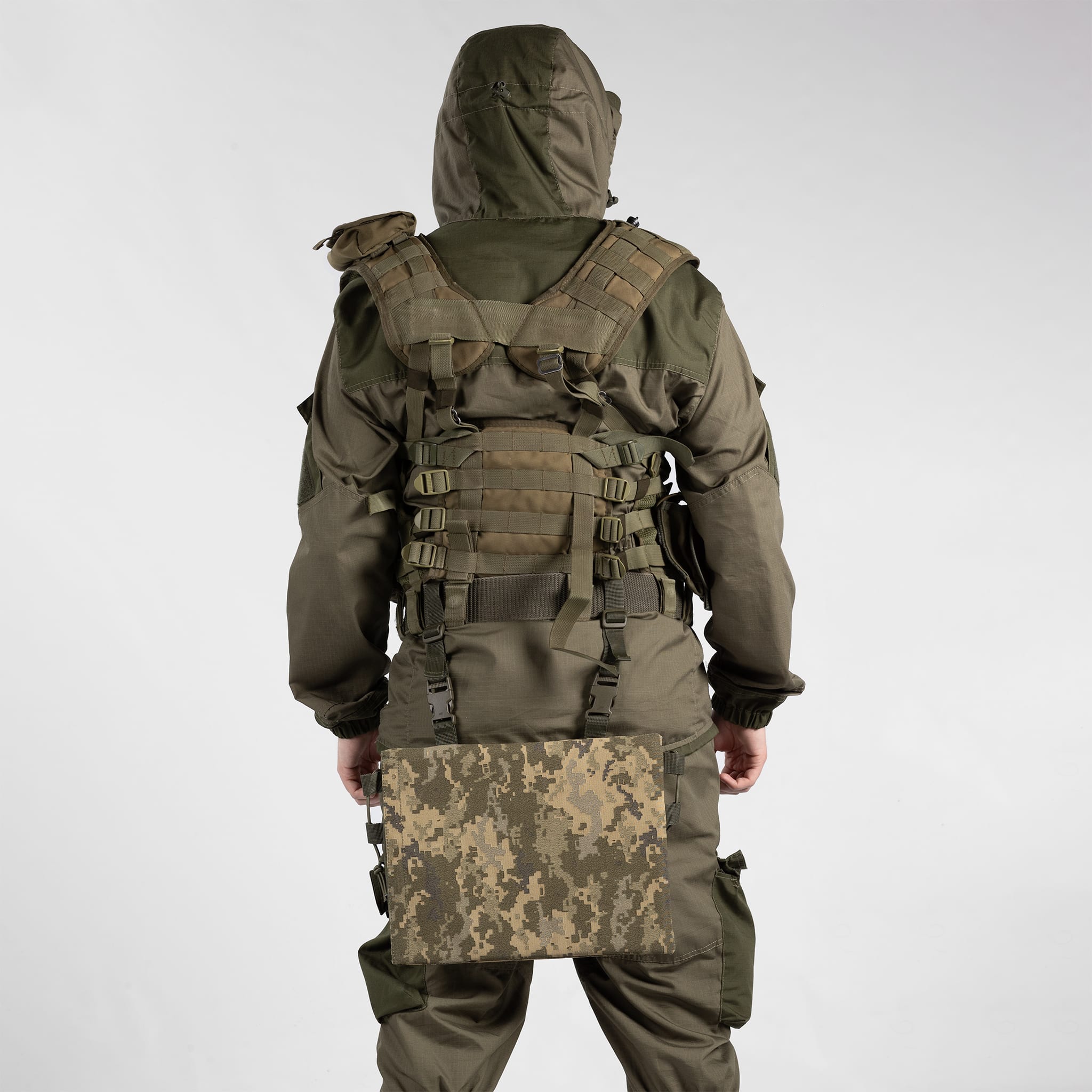



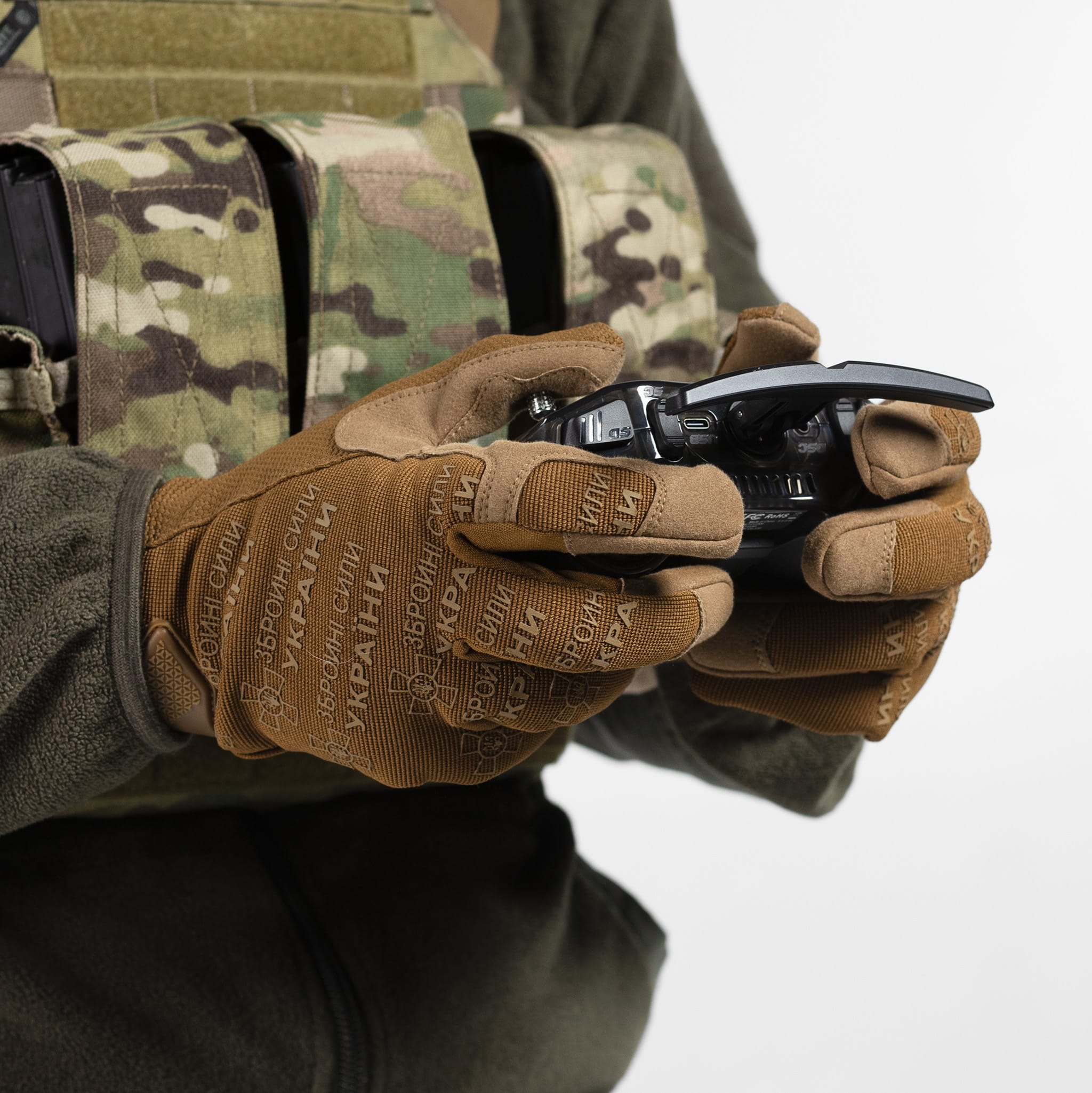
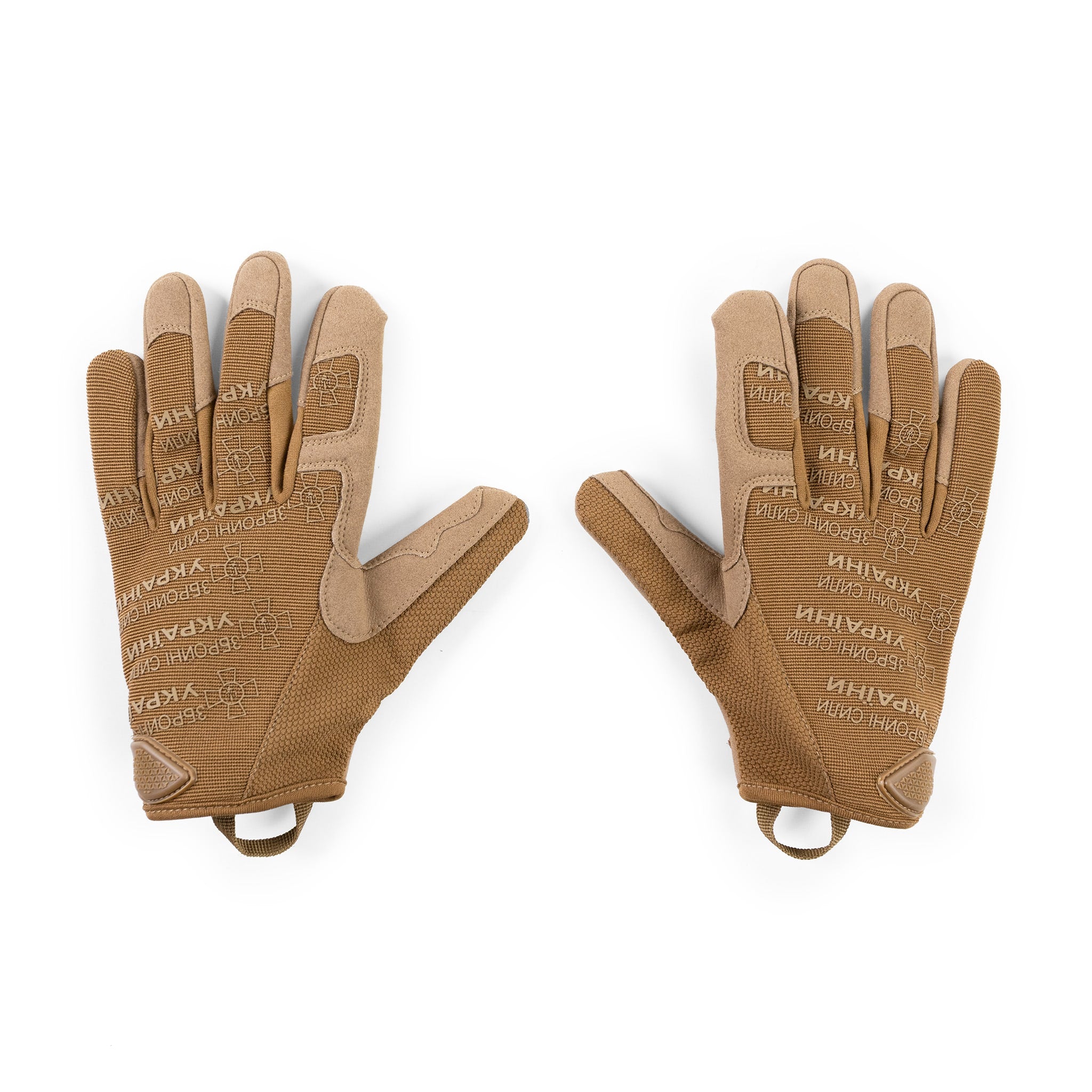











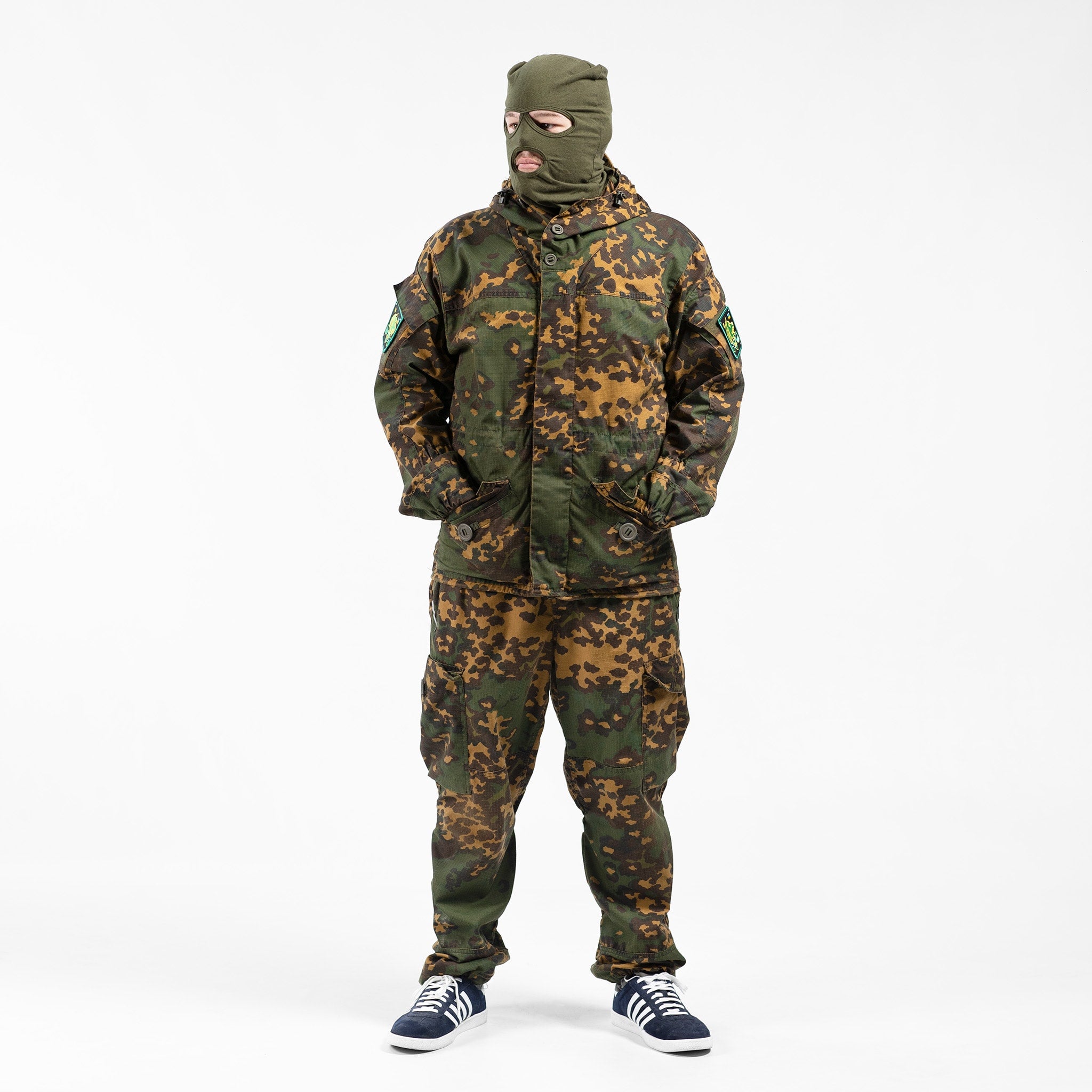




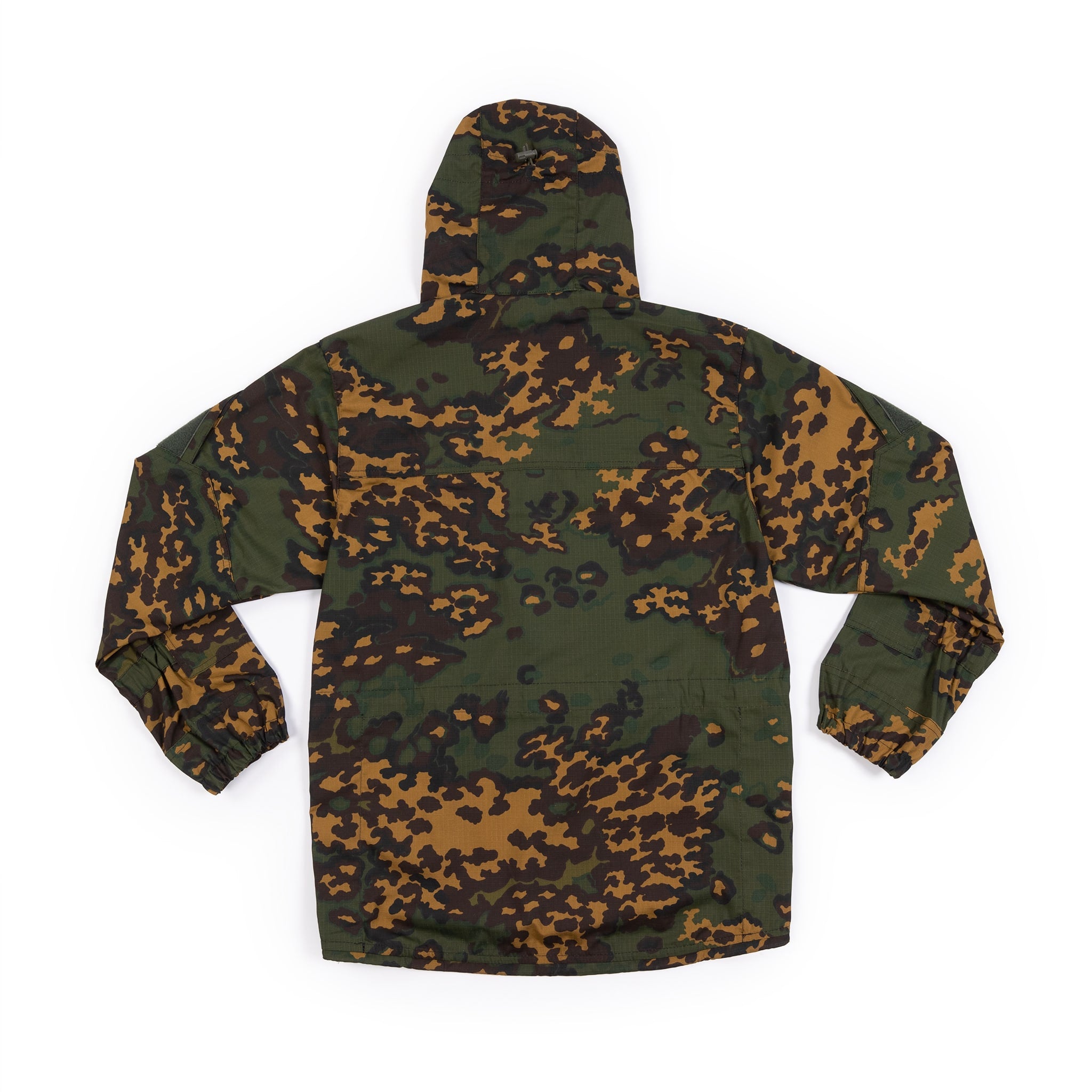


















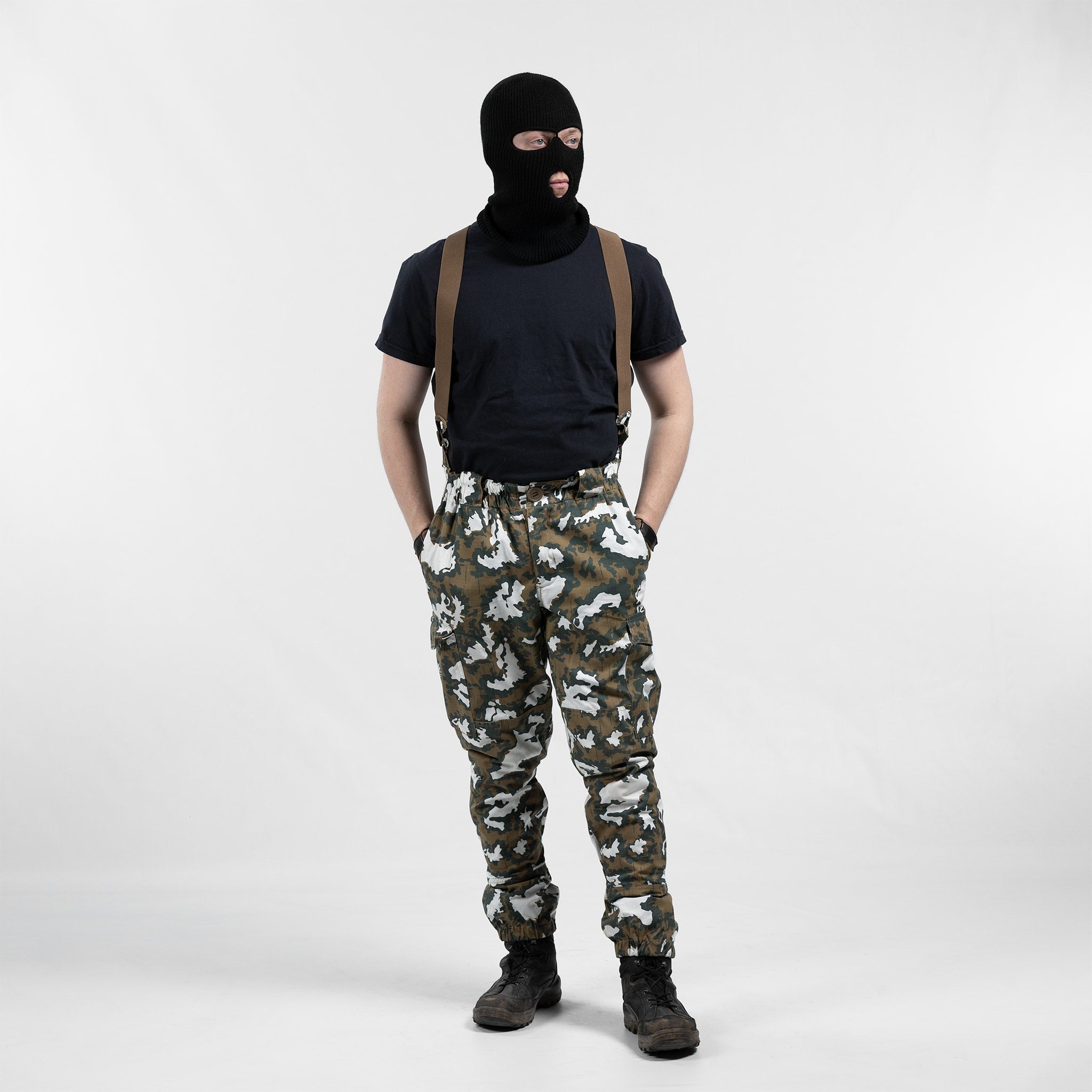











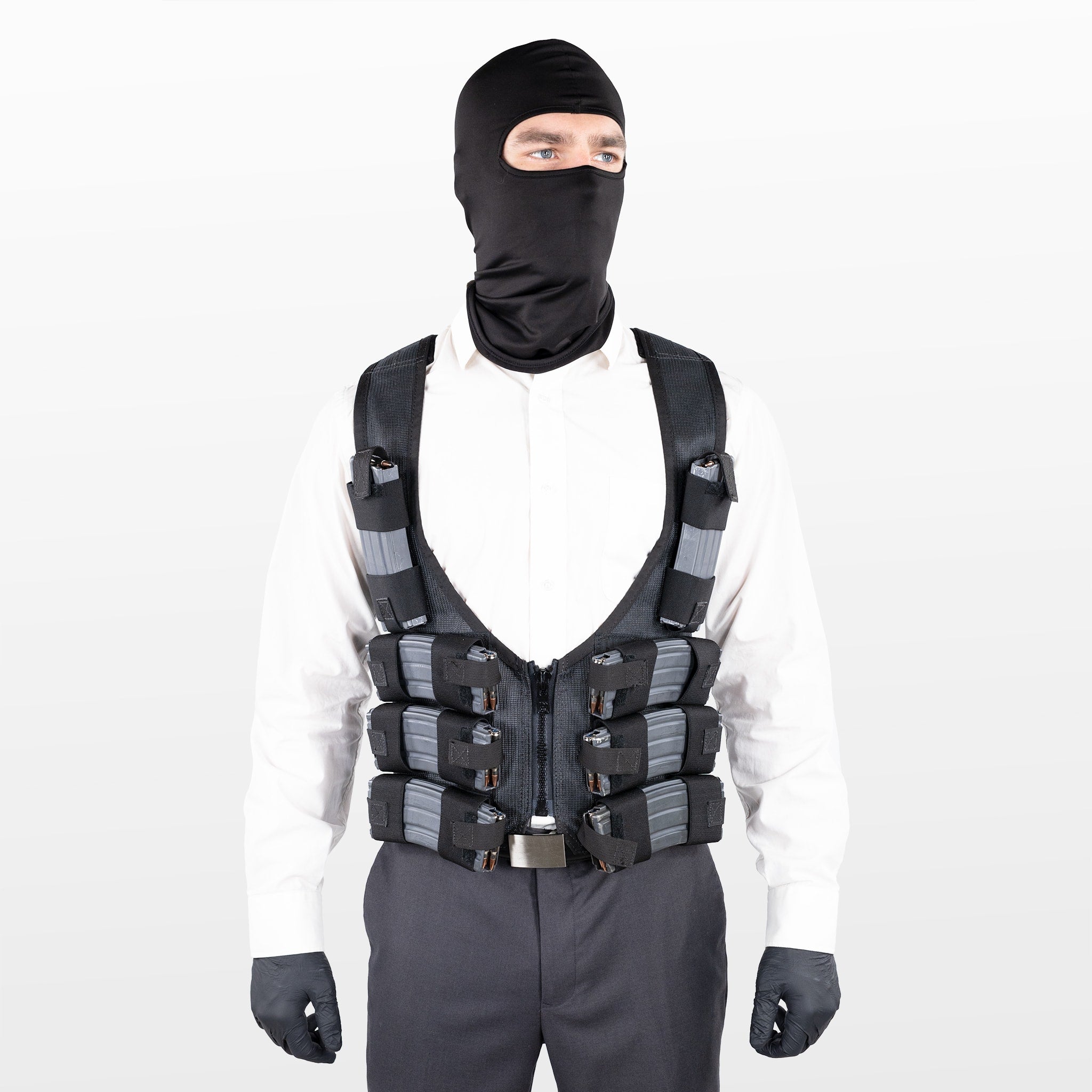


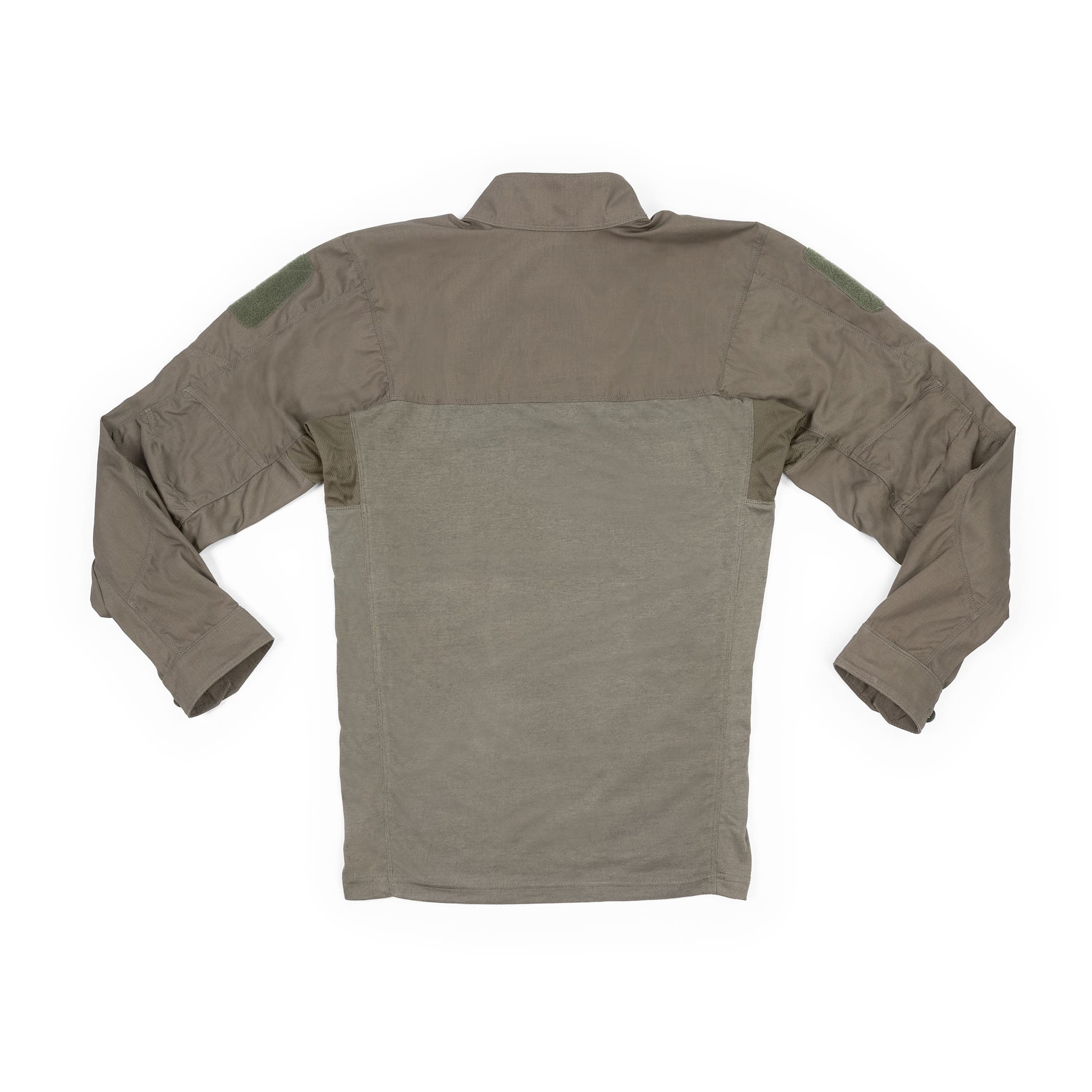


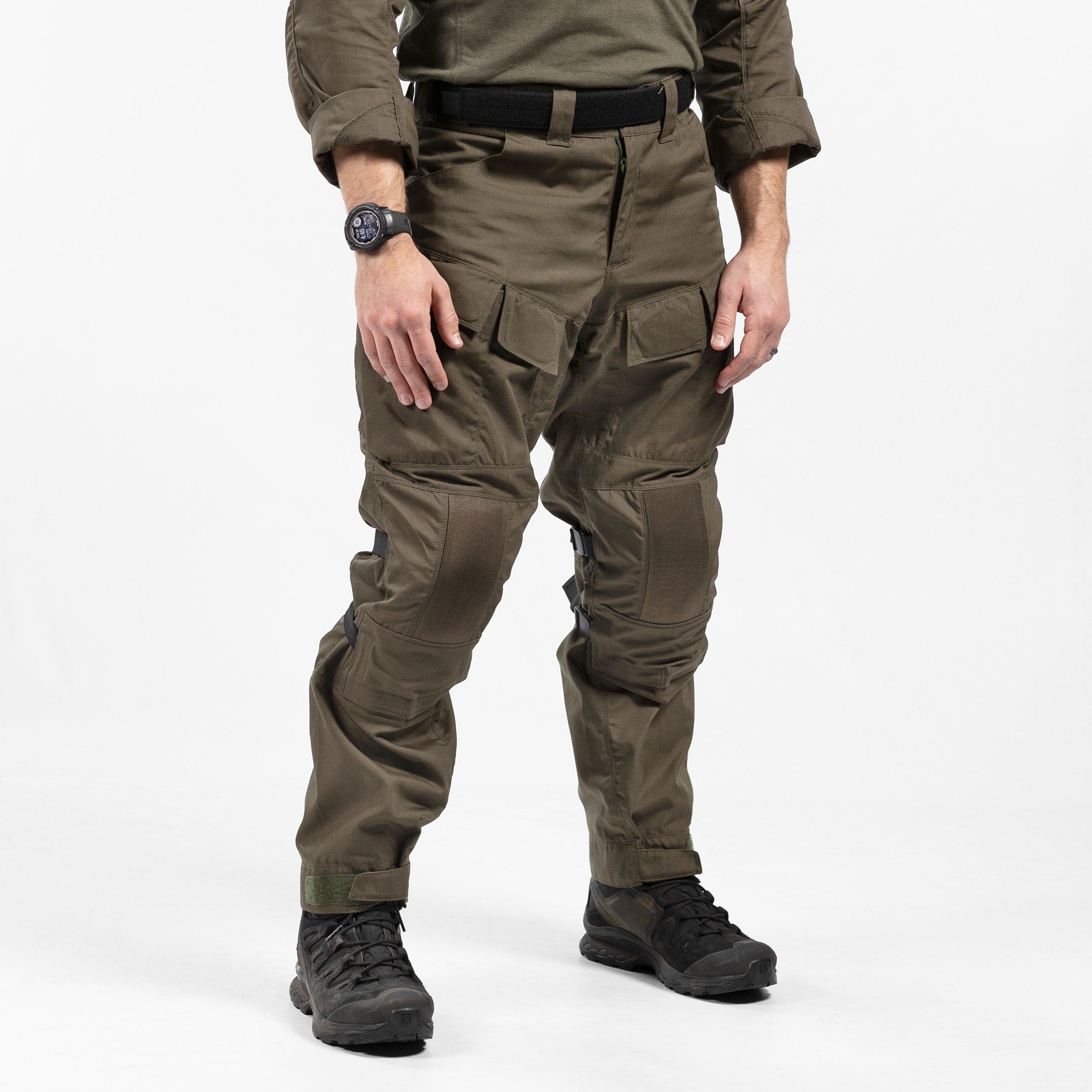














![Eighty Four Mag Placard [Berry Compliant]](http://kommandostore.com/cdn/shop/files/P84_Placard_Ranger_Green_1_2.jpg?v=1730390700&width=2048)
![Eighty Four Mag Placard [Berry Compliant]](http://kommandostore.com/cdn/shop/files/P84_Placard_Ranger_Green_11_1.jpg?v=1730390700&width=2048)
![Eighty Four Mag Placard [Berry Compliant]](http://kommandostore.com/cdn/shop/files/P84_Placard_Ranger_Green_2_1.jpg?v=1730390700&width=2048)
![Eighty Four Mag Placard [Berry Compliant]](http://kommandostore.com/cdn/shop/files/P84_Placard_MC_1.jpg?v=1730390198&width=2048)
![Eighty Four Mag Pouch [Berry Compliant]](http://kommandostore.com/cdn/shop/files/P84_Pouch_Ranger_Green_1.jpg?v=1730413509&width=2048)
![Eighty Four Mag Pouch [Berry Compliant]](http://kommandostore.com/cdn/shop/files/P84_POUCH_RG_4.jpg?v=1730413510&width=2048)
![Eighty Four Mag Pouch [Berry Compliant]](http://kommandostore.com/cdn/shop/files/P84_Pouch_MC_1.jpg?v=1730413509&width=2048)
![Eighty Four Mag Pouch [Berry Compliant]](http://kommandostore.com/cdn/shop/files/P84_Pouch_MC_M4_1.jpg?v=1730413510&width=2048)
![Eighty Four Chest Rig 2.0 [Berry Compliant]](http://kommandostore.com/cdn/shop/files/P84_ChestRig_Multicam.jpg?v=1764364405&width=2048)
![Eighty Four Chest Rig 2.0 [Berry Compliant]](http://kommandostore.com/cdn/shop/files/P84_ChestRig_M81.jpg?v=1757433756&width=2048)






